The Delta variant of Covid-19 is responsible for a dramatic increase in Oklahoma’s cases of and hospitalizations for Covid-19. The cause of more than half of all new Covid-19 infections in the state, this variant is 4 times more contagious than the previous strains and causes more severe disease, especially in younger patients and in pregnant women. Nationwide, new cases have risen 109% in the past 14 days and deaths are up 17%.
67% of fully vaccinated persons, whether they received the Pfizer, Moderna or Johnson and Johnson vaccine, are safe from infection with all known variants, leaving 33% susceptible to reinfection. Fortunately, the fully vaccinated who develop Covid-19 infection almost always experience mild disease lasting 5-10 days and rarely end up in the hospital.
Let’s look at the numbers for Oklahoma.
· In the past 14 days, there has been a 53% increase in Covid-19 related hospitalizations.
· 2,688 new cases were reported in the past week, a 56.7% increase from the week of June 27-July 3.
· 11 deaths were reported in the past week.
· The average age of cases was 40 years, much lower than during last winter’s spike, and 67% of the cases were in patients younger than 50.
· As of July 12th, 45.7 % of Oklahomans had received at least 1 dose of the vaccine, and 39% were fully vaccinated.
· As of July 12th, in the 12-17 year-old age group, 17.1% had received at least 1 dose of the vaccine, and 12.7% were fully vaccinated.
· As much as 95% of new cases are occurring in unvaccinated persons.
Next, some Tulsa information:
· Local hospitals are seeing increased numbers of emergency department visits, admissions, ICU admissions, and ventilator use involving Covid-19 patients.
· The number of inpatients in Tulsa has increased fourfold in the past 6 weeks.
Clearly, Oklahoma has a long way to go to reach herd immunity, estimated to occur when about
72% of the population is fully vaccinated. Until then, the Delta variant, and perhaps new ones yet to come, will continue to develop and spread. For all our sakes, we all need to get fully vaccinated and encourage our unvaccinated friends and family to do the same.




